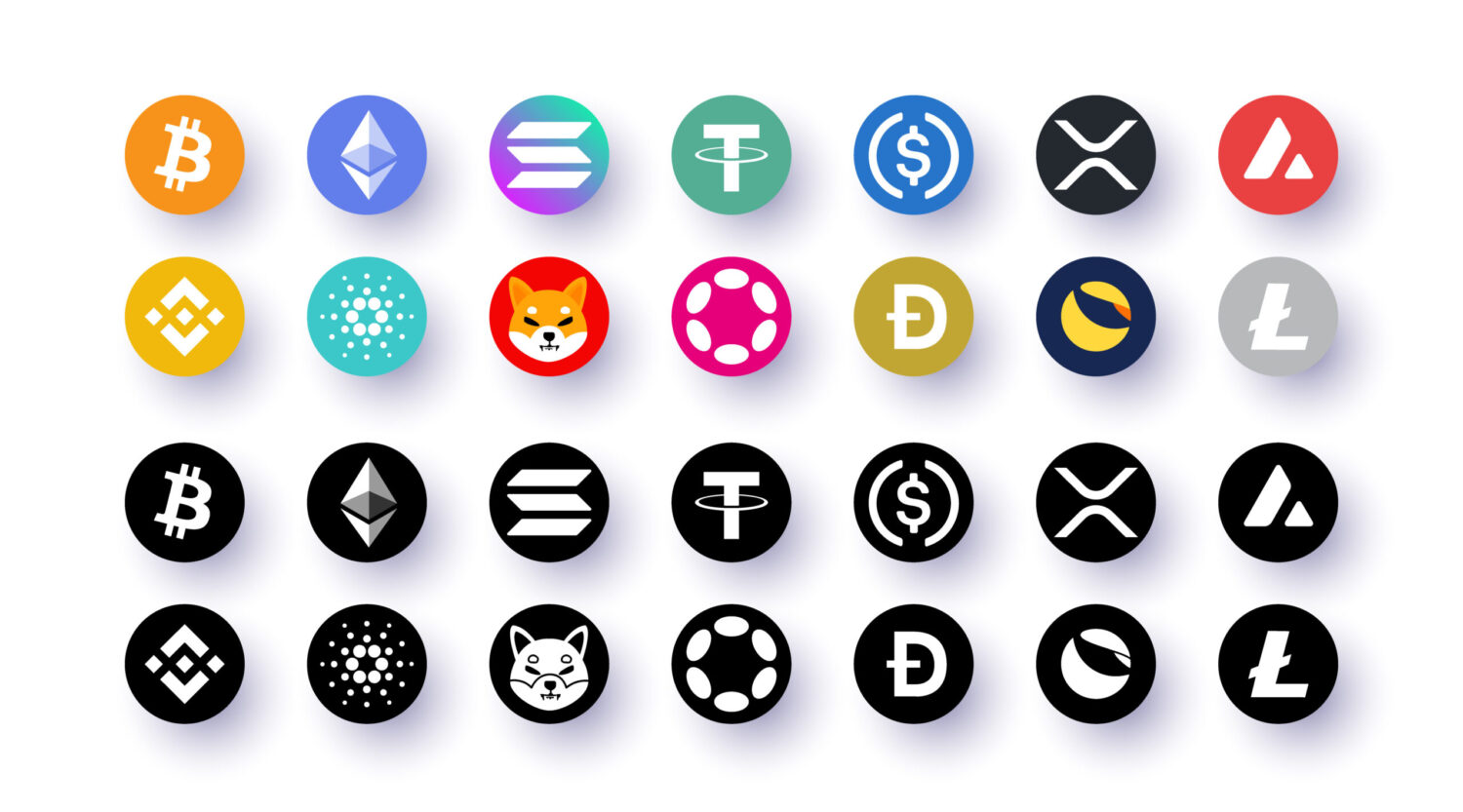In the world of cryptocurrencies, Bitcoin and Ethereum often steal the spotlight.
Yet, there’s a vast universe of digital currencies beyond these two giants.
These are known as altcoins, short for alternative coins.
Altcoins have been making waves in the crypto market, offering intriguing alternatives to the dominant Bitcoin and Ethereum.
In this article, we delve into the realm of altcoins, exploring their origins, their differences from Bitcoin and Ethereum, and their potential as investment options.
Whether you’re a seasoned investor or a curious newcomer, this guide will provide valuable insights into the dynamic world of altcoins.
What Are Altcoins?
Altcoins are digital currencies that serve as alternatives to Bitcoin, the first and most well-known cryptocurrency.
The term “altcoin” is a blend of two words: “alternative” and “coin”.
Since Bitcoin’s inception in 2009, thousands of altcoins have been created, each with its unique features and uses.
Some altcoins are variations of Bitcoin’s open-source protocol, while others are built from scratch and offer entirely different approaches to securing network transactions.
From privacy-focused coins to utility tokens powering blockchain ecosystems, altcoins represent the diverse and innovative landscape of the cryptocurrency world.
The Rise of Altcoins in the Cryptocurrency Market
The cryptocurrency market has seen a significant rise in the number of altcoins over the past decade.
This growth is driven by the desire to improve upon Bitcoin’s technology, offer new functionalities, or cater to specific use cases.
Today, altcoins make up a substantial portion of the cryptocurrency market, providing investors with a wide array of options for diversification.
Key Differences Between Altcoins, Bitcoin, and Ethereum
While Bitcoin was the first cryptocurrency, altcoins have emerged to challenge its dominance.
They do this by offering different features, technologies, or use cases that Bitcoin does not cover.
For instance, Ethereum introduced smart contracts, a feature that allows for the creation of decentralized applications (dApps).
Altcoins can also differ in terms of consensus mechanisms, transaction speeds, and privacy features.
Here are a few key differences:
- Consensus Mechanisms: Bitcoin uses proof-of-work (PoW), while some altcoins use proof-of-stake (PoS) or delegated proof-of-stake (DPoS).
- Transaction Speeds: Some altcoins offer faster transaction times compared to Bitcoin.
- Privacy Features: Certain altcoins offer enhanced privacy features, making transactions untraceable.
- Use Cases: Altcoins can cater to specific use cases, such as decentralized finance (DeFi), supply chain management, or data storage.
The Variety of Altcoins: Tokens, Stablecoins, and Utility Coins
Altcoins come in various forms, each with its unique features and uses.
Tokens, for instance, are a type of altcoin that exist on an existing blockchain. They often represent a utility or asset in a specific project or platform.
Stablecoins, on the other hand, are designed to maintain a stable value. They are often pegged to a reserve of assets, such as a fiat currency like the US dollar.
Utility coins serve a specific function within a blockchain ecosystem. They can be used to pay for transaction fees, participate in network governance, or access certain services.
Why Invest in Altcoins? Diversification and Potential Returns
Investing in altcoins can offer several benefits. One of the main reasons is diversification.
By investing in a variety of altcoins, you can spread your risk across multiple assets. This can help protect your portfolio from the volatility of a single cryptocurrency.
Moreover, altcoins often have lower market caps than Bitcoin and Ethereum. This means they have the potential for higher returns, although they also come with higher risk. It’s important to do your research and understand the specific altcoin before investing.
Evaluating Altcoins: What to Look for in 2024
When evaluating altcoins for investment, there are several factors to consider. It’s not just about the price or market cap of the coin.
You should look at the technology behind the coin, the team developing it, and its use case. These factors can give you an idea of the coin’s potential for growth and success.
Here are some key points to consider:
- The coin’s underlying technology and its potential for innovation.
- The team behind the coin, their experience, and their vision.
- The coin’s use case and its potential to solve real-world problems.
- The coin’s market cap and its potential for growth.
- The coin’s liquidity and exchange availability.
- The community and developer support for the coin.
- The coin’s regulatory landscape and potential risks.
The Best Altcoins for 2024: An Investment Guide
Predicting the best altcoins for 2024 is not an exact science. It requires careful analysis of market trends, technological advancements, and regulatory landscapes.
Some altcoins show promise due to their innovative technology, strong community support, and potential use cases. These include coins like Cardano, Polkadot, and Chainlink, among others.
However, it’s crucial to remember that investing in altcoins carries risk. Always do your own research and consider your financial situation before making investment decisions.
Risks and Considerations When Investing in Altcoins
Investing in altcoins is not without its risks. The cryptocurrency market is known for its volatility, with prices that can skyrocket or plummet in a short time.
Regulatory uncertainty is another factor to consider. As governments around the world grapple with how to regulate digital currencies, changes in policy can impact the value of altcoins.
Lastly, not all altcoins will succeed. Some may fail due to lack of adoption, technical issues, or competition. It’s essential to thoroughly research any altcoin before investing.
Conclusion: The Future of Altcoins and the Cryptocurrency Landscape
The future of altcoins is promising, with new projects and technologies emerging regularly. As blockchain technology continues to evolve, so too will the variety and capabilities of altcoins.
However, the path forward is not without challenges. Regulatory hurdles, market volatility, and technological obstacles must be navigated for altcoins to reach their full potential.
Despite these challenges, the potential of altcoins to disrupt traditional financial systems and drive innovation in various industries cannot be ignored. As we move forward, altcoins will undoubtedly play a significant role in the future of finance and technology.



